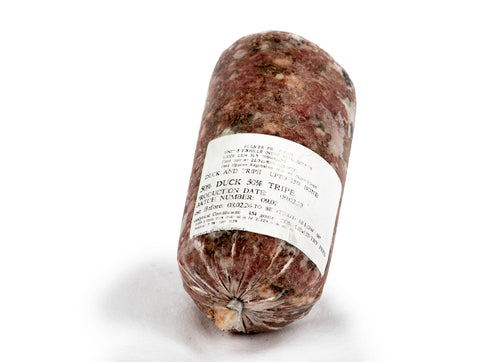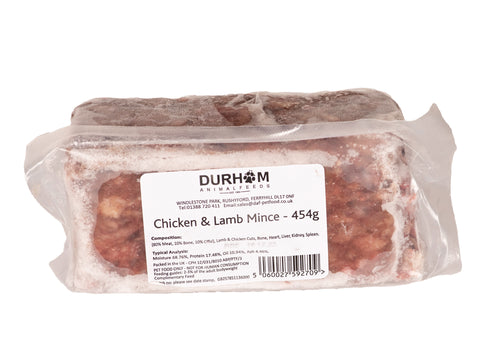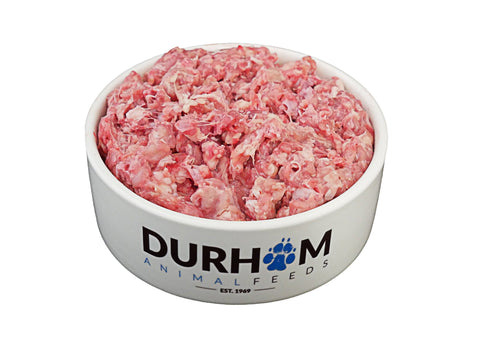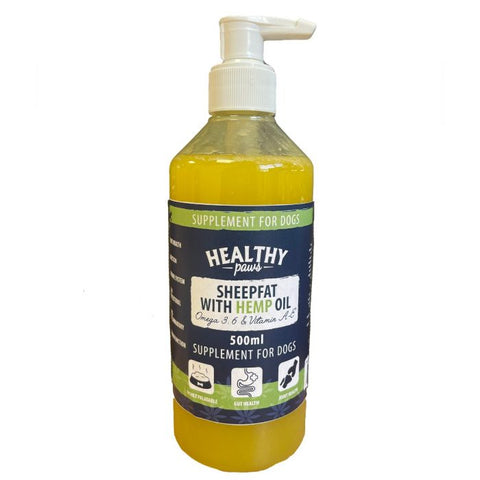Taiwanese Beauty Snake Care Sheet

Taiwanese Beauty Snake –
Orthriophis taeniurus friesei
Introduction
Beauty snakes are widely distributed throughout Burma, China, Taiwan, Thailand and Vietnam. They are a moderate sized semi-arboreal snake, indigenous to semi tropical and tropical habitats. Most males average around six feet, however females attain lengths of eight to nine feet. The habitats that they frequent are as vast as the number of subspecies, and they will occupy forests, rivers, caves and various human developments such as agricultural land and out reaches of inner cities. Human developments appear to be prime breeding grounds for rodents and this in turn attracts the snakes to the areas. Most are diurnal, stalking prey and will constrict their catch by immobilizing it with several coils.
Housing
It may take a new snake a little while to adjust to a new enclosure and begin feeding properly. Therefore, it is advisable during the first week or two of obtaining your snake, to leave it well alone with as little disturbances as possible. This ensures your new pet settles in properly to its new surroundings. Snakes require enclosures relative to their body size, so you would give a hatchling an enclosure approx 60 x 30 x 45cm and provide plenty of hiding areas. This will ensure your snake feels secure in his new home. Adults should be kept in a vivarium two thirds the overall length of the snake itself, i.e 6ft snake = 4ft vivarium. Also bear in mind these snakes are semi arboreal and you should provide an adult a vivarium with at least 60cm height (ideally 90cm), and add branches etc for climbing. Glass enclosures can be used, as well as wooden vivariums, this is purely a choice of personal preference. Branches can be used in the furnishing of the enclosure, and will be used and perched upon regularly by your snake. Hide boxes should also be placed on each end of the cage to provide the snake with a sense of security as they thermoregulate, meaning they move in and out of the hot and cool areas as they feel neccessary. Hides can also be put high up if you wish as these snakes have been reported to like hiding up high, as well as lower down. Foliage can be added to the cage to provide the snake with more places to hide and give a more natural feel to the enclosure. For substrates, it is advised to choose a moisture retaining substrate such as tropical terrain, forest terrain bark chips and sphagnum moss, as these will help to retain the proper humidity levels the snake needs.
Lighting , Heating and Humidity
There should be a thermal gradient in the cage, so that the snake may choose the hot or cool area of the cage and sit where it is most comfortable. The hottest part of the cage should be between 85 – 90f, while the cooler side of the cage should be between 75-80f. It is extremely important that the snake is provided with this thermal gradient so they can escape the heat, if it is not provided, your pet may suffer from heat exhaustion. Overheating your pet reptile is the quickest way to kill it – thermostats should always be used, especially for heat sources in wooden vivariums! At night there should be a slight drop in temperature, preferably of about ten degrees. This can be achieved simply by turning off day time heat sources such as basking lights, and just using a thermostatically controlled heat mat. This will help to promote natural behaviors for the snake, and will also help to recreate the natural drop in temperature that the snake would experience in the wild. Most reptile keepers prefer to use a fluorescent or incandescent bulb during the day to provide light and a ‘basking area’. A heat lamp of appropriate wattage, or a heat mat should be used to heat the enclosure in conjuction with appropriate guards and thermostats, speak to a member of staff for advice on sizes of bulbs etc depending on the size of the vivarium your are using. Use of digital thermometers or a temperature ‘gun’ is highly recommended to ensure proper heat gradients. If you choose to use a heat light and a heatmat, be sure to place both these items at the same side of the enclosure and not in the center, and always use the appropriate thermostats to achieve the correct temperatures.
Feeding
Defrosted rodents of an appropriate size should make up most of the snakes diet. Beauty snakes relish small chicks and these can be offered periodically once your snake has reached the correct size to take them. The size of the food item should be relative to the fattest part of the snakes body. You should ideally feed your snake once week. Hatchlings can be fed once every 5 days if you wish, but it would not be recommended to feed more regularly than this as you are running the risk of causing your snakes problems such as obesity and fatty liver disease. For adult snakes, once every 7-10 days will suffice. Feeding can be done outside the vivarium in a plastic container (with ventilation), lined with newspaper or paper towel. By doing this you will not only reduce the likely hood of an aggressive feeding response when you open your snakes doors, but also reduce the risk of your snake becoming impacted if it accidentally swallows the substrate it is being kept on. Most snakes acclimate to new enclosures and will start feeding with little effort on behalf of the keeper. With that said, there are always exceptions. If you happen to get an exception you can try the following to get your snake to feed. To entice a reluctant animal to feed you can place the animal in a restricted container in order to keep the food and it’s scent in close proximity to the snake, and leave it there overnight. As mentioned above, chicks are relished by these snakes and if your specimen refuses to feed on rodent prey, you can try either changing the menu or ‘scenting’ the food item. Tease feeding is somewhat effective as well. With a pair of long tongs or forceps, grasp a prey item and simply hold it in front of the snake, slightly moving it from time to time. This can help to grab the snakes attention, causing instinct to kick in and the snake will then strike and take the food.. If this doesn’t work you can also try a more grisly method in which the skull cap of a frozen thawed prey item is cut open exposing the brain matter and juices. This works with surprising results and most problem feeders cannot resist the smell of brains.
Water
A dish of fresh water should always be available. Beauty snakes will drink from a dish with little problems. They also seem to enjoy soaking in their water dishes especially when due to shed. It is still recommend to spray the enclosure once or twice a day, as this will provide clean water for drinking and will also raise the humidity.







